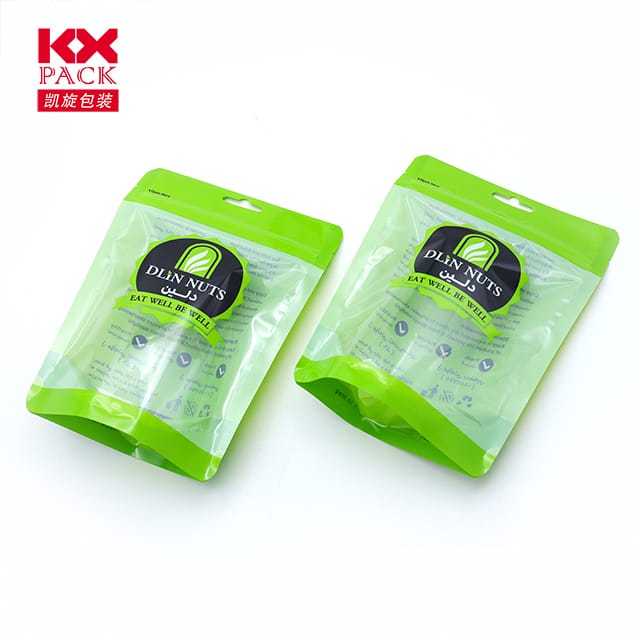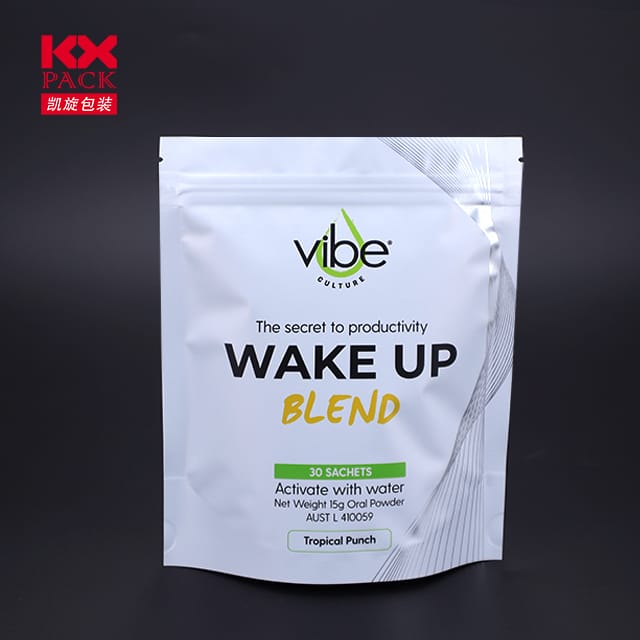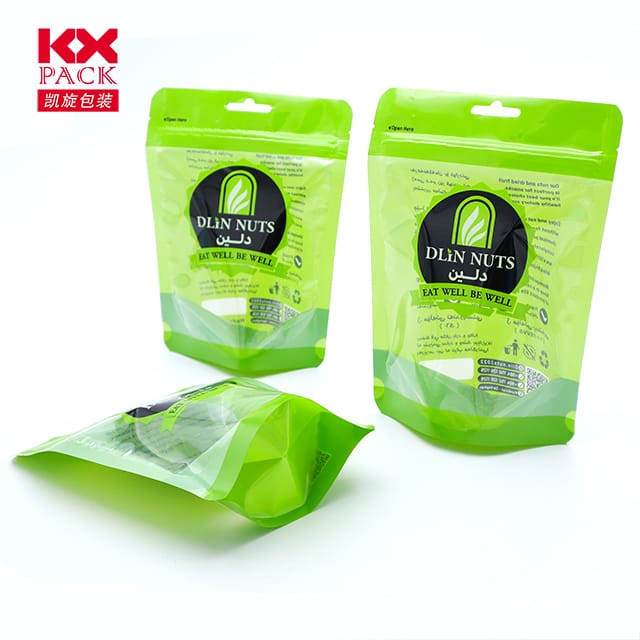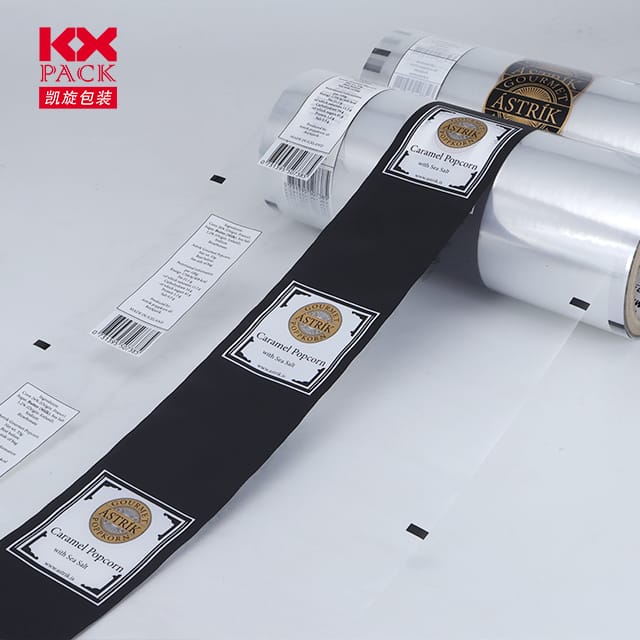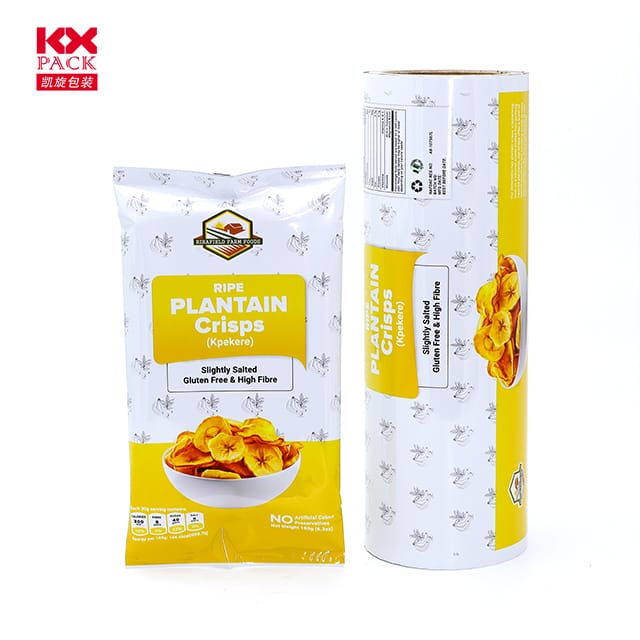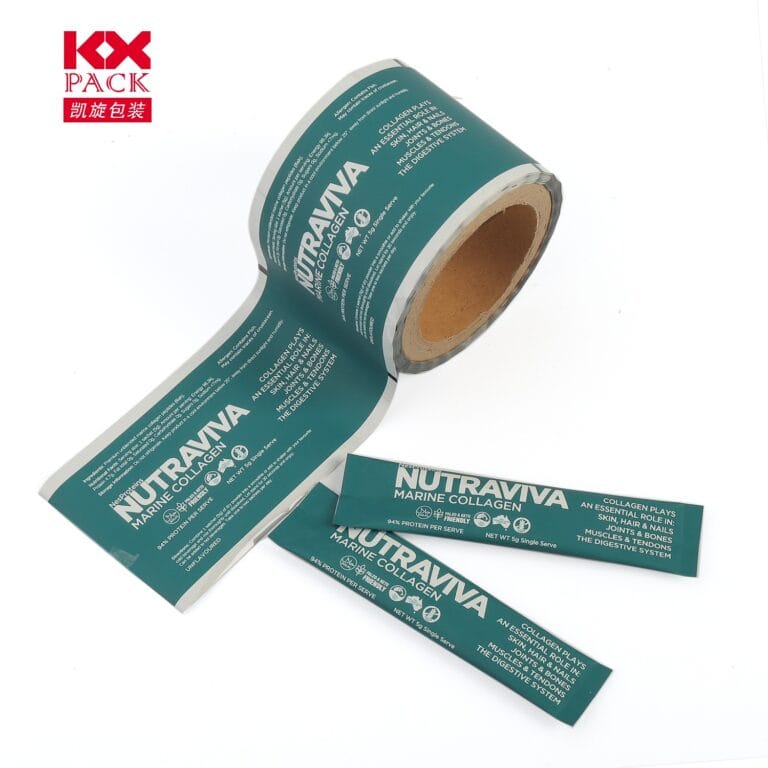ฮีโร่ที่ไม่ได้ร้องในครัวของคุณ: วิทยาศาสตร์และความยั่งยืนของ Food Film Wrap (2)
ห่อฟิล์มอาหาร
In every kitchen, ใหญ่หรือเล็ก, มีผู้พิทักษ์เงียบเก็บของเหลือใหม่, ส่วนผสมจัดระเบียบ, และอาหารที่ได้รับการปกป้องจากองค์ประกอบ: ห่อฟิล์มอาหาร. มักถูกไล่ออกเป็นของใช้ในครัวเรือนทางโลก, บางนี้, วัสดุยืดเป็นสิ่งมหัศจรรย์ของวิศวกรรม, การปรับสมดุลการปฏิบัติจริงกับความท้าทายด้านสิ่งแวดล้อม. Let’s unravel the story behind food film wrap—its uses, นวัตกรรม, and the push toward a greener future.
Why Food Film Wrap Matters
Food film wrap, หรือที่เรียกว่าฟิล์มยึดหรือห่อพลาสติก, is a kitchen essential for a reason. Itsstretchability, clinging properties, และต้านทานความชื้น make it indispensable for:
- Preserving Freshness: Sealing in flavors and preventing spoilage by creating an airtight barrier.
- Preventing Cross-Contamination: Keeping raw meats, veggies, and baked goods separate in the fridge.
- Marinating & Cooking: Covering dishes during marination or protecting food in the microwave.
- Organizing: Wrapping snacks, covering bowls, or bundling utensils for picnics.
The Evolution of Food Film Wrap
Modern food film wrap has come a long way from its humble beginnings. Early versions were brittle and difficult to handle, but advancements inpolymer technology (like PVC, แอลดีพีอี, and PVDC) transformed it into the stretchy, transparent wonder we know today.
- พีวีซี (โพลีไวนิลคลอไรด์): The first widely used plastic wrap, known for its clarity and cling but criticized for containing plasticizers like phthalates.
- แอลดีพีอี (เอทิลีนความหนาแน่นต่ำ): A safer, more flexible alternative, though less clingy.
- PVDC (Polyvinylidene Chloride): Offers superior moisture and oxygen barriers, often used in premium wraps.
วันนี้, many brands blend materials to balance performance and safety.
The Environmental Conundrum
Here’s the catch: traditional food film wrap is asingle-use plastic, contributing to the global pollution crisis. Most wraps are non-recyclable due to their thinness and contamination risks, ending up in landfills or oceans.
But the industry is evolving. Manufacturers and consumers alike are pushing for:
- ตัวเลือกย่อยสลายได้ทางชีวภาพ: Wraps made from plant-based materials (like cornstarch) that decompose faster.
- Compostable Wraps: Certified to break down in industrial composting facilities.
- Reusable Alternatives: Silicone lids, beeswax wraps, and fabric bowl covers that cut down on plastic waste.
Sustainable Swaps for Eco-Conscious Cooks
If you’re ready to ditch traditional plastic wrap, here are planet-friendly alternatives:
- Weeswax wraps:
- How They Work: Coated in beeswax, น้ำมันโจโจ้บา, และเรซินต้นไม้, they mold to containers and food.
- ผู้เชี่ยวชาญ: Reusable for up to a year, compostable at end-of-life.
- ข้อเสีย: Not ideal for hot foods or raw meats.
- Silicone Lids/Covers:
- How They Work: Stretchy silicone lids that fit bowls, กระทะ, and even cut produce.
- ผู้เชี่ยวชาญ: Dishwasher-safe, heat-resistant, และทนทาน.
- ข้อเสีย: Limited flexibility for odd-shaped items.
- Fabric Bowl Covers:
- How They Work: Reusable fabric covers with elastic edges, often lined with waterproof material.
- ผู้เชี่ยวชาญ: Stylish, machine-washable, and zero-waste.
- ข้อเสีย: May not seal as tightly as plastic.
- ภาชนะแก้วหรือสแตนเลส:
- How They Work: Airtight, reusable containers that eliminate the need for wrap entirely.
- ผู้เชี่ยวชาญ: ทนทาน, ป้องกันการรั่วซึม, and eco-friendly.
- ข้อเสีย: Heavier and bulkier for storage.
Tips for Using Food Film Wrap Responsibly
If you’re not ready to part with plastic wrap entirely, here’s how to minimize its impact:
- ลดการใช้งาน: Only use what’s necessary—avoid over-wrapping.
- Reuse Scraps: Small pieces can cover small bowls or wrap half-cut produce.
- รีไซเคิลอย่างถูกต้อง: Check if your local recycling accepts soft plastics (many grocery stores offer collection bins).
- Choose Eco-Brands: Look for wraps labeled “biodegradable” or “compostable” (though verify certifications).
The Future of Food Film Wrap
The next frontier? Edible films made from seaweed, milk proteins, or even potato starch. These innovations promise zero waste and could revolutionize food packaging. Imagine peeling off a wrap and eating it—or composting it guilt-free!
บทสรุป
Food film wrap is a kitchen MVP, but its environmental footprint demands a rethink. By choosing sustainable alternatives or using plastic wrap mindfully, we can keep our food freshและ our planet healthy.
What’s your go-to food storage solution? Share your tips for reducing plastic waste in the comments! 🌱🍴
Note: Always check product labels for safety (เช่น, microwave-safe wraps) and sustainability claims.

